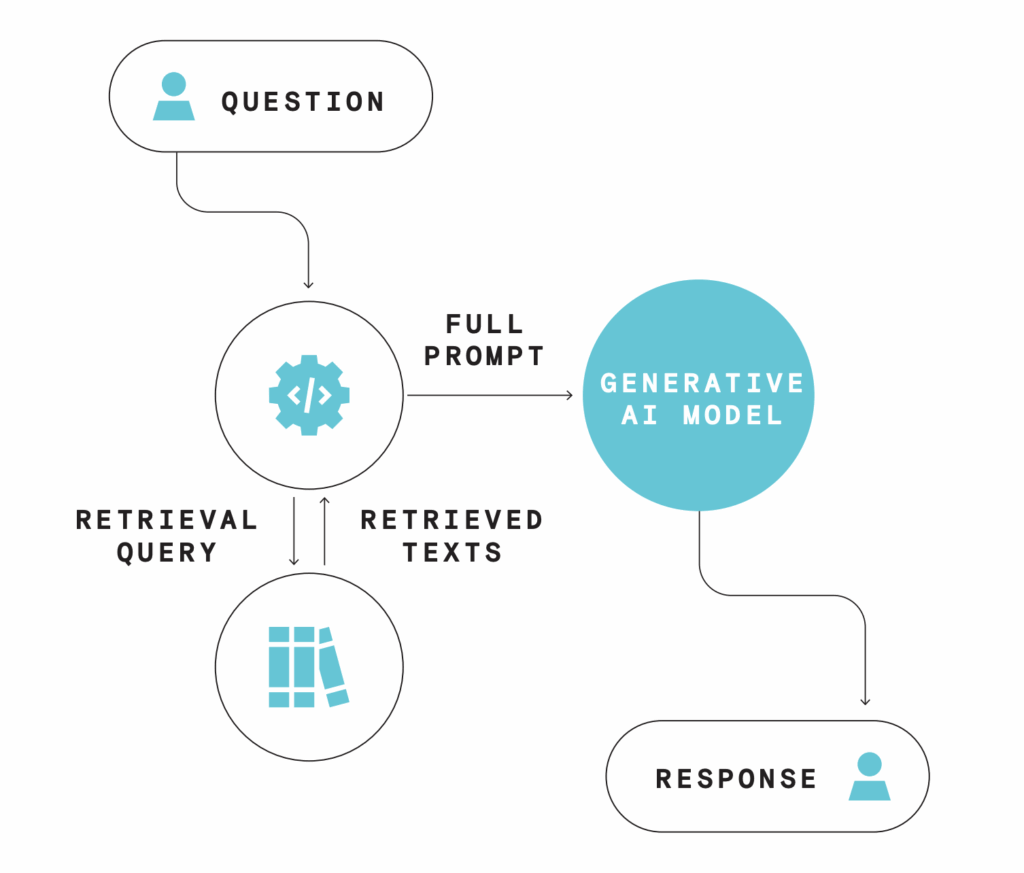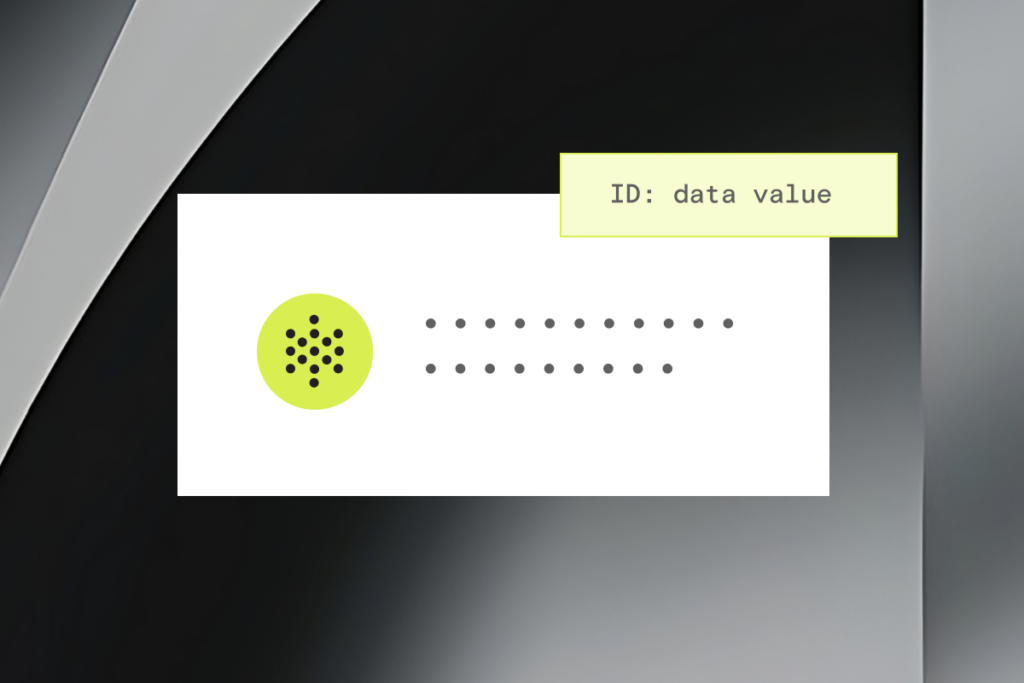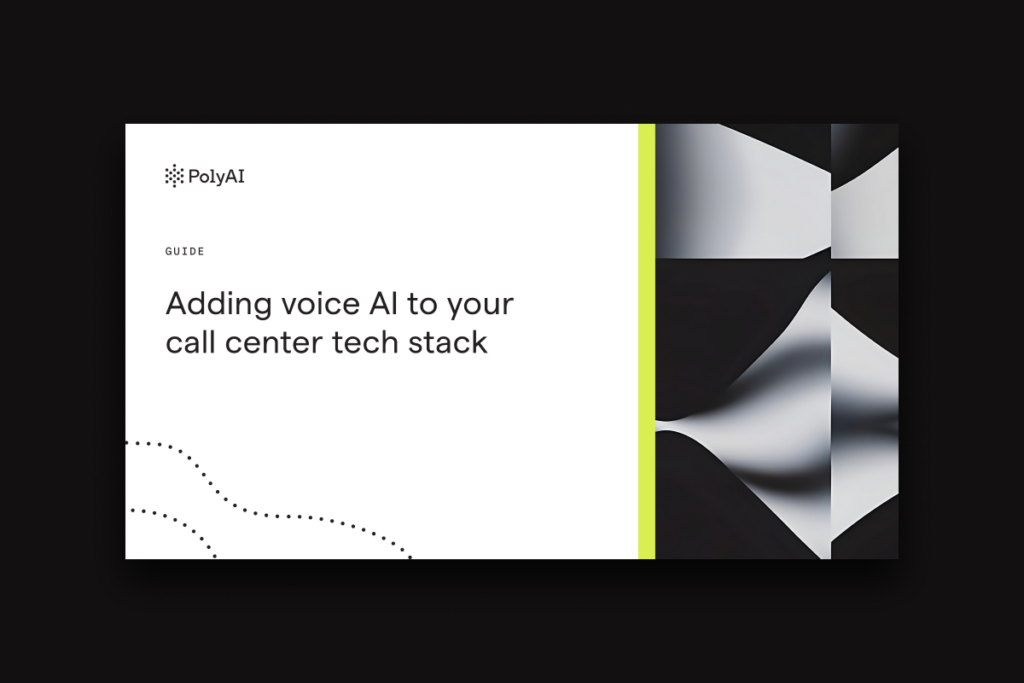Table of Contents
Large Language Models (LLMs) have transformed how we think about automation in customer service. They can hold natural conversations, understand complex queries, and respond in a human-like way. But when it comes to enterprise use, saying the right thing isn’t enough. AI agents also need to do the right thing consistently and reliably.
In this post, we’ll explore what it takes to build trustworthy AI agents that respond accurately and take the right actions. From managing hallucinations with retrieval-augmented generation (RAG) to designing reliable transactional flows, we’ll break down the systems and safeguards that create consistent and humanlike AI agents.
Preventing AI hallucinations: Strategies for reliable responses
We recently covered how AI agents listen effectively and why accuracy in understanding builds trust in customer interactions. But transcription is only the first step. Once a speaker’s words have been transcribed, an AI agent needs to understand the context behind what the caller is saying to formulate the right response and take action in a way that moves the conversation towards resolution.
The process of deciding how to respond and what actions to take is usually handled by Large Language Models.
LLMs are excellent at holding natural conversations. If you’ve tried ChatGPT, Gemini, or Claude, you’ve probably been impressed with just how conversational these models can be.
But it’s no secret that LLMs are liable to hallucinate. That doesn’t mean they’re totally unreliable. They just need a robust set of guardrails to ensure they say and do what they’re supposed to.
There are two key types of hallucinations to consider:
- The AI agent says the wrong thing: Sometimes generative AI models ‘make things up’. Remember, these models construct responses based on what they see in their training data, and sometimes, they come out with things that don’t make sense.
- The AI agent does the wrong thing: LLMs are good at conversations but not necessarily good at taking action. For example, the LLM might determine that the correct way to move a conversation forward is to say, “Okay, I’ve updated your address,” but that doesn’t necessarily mean it has made the API call to actually update the customer record.
In the next section, we’ll explore how to leverage LLMs safely for reliable enterprise AI agents.
Ensuring LLMs say the right thing with Retrieval-Augmented Generation (RAG)
Putting customer interactions in the hands of automated systems requires a lot of trust for both your business and customers.
If your agents were unsure of how to resolve a customer’s issue, you’d want them to check their response so they deliver a trustworthy and correct answer.
 Retrieval-augmented generation, or RAG, is a technique that enables AI agents to cross-reference knowledge from a generative model with a knowledge base.
Retrieval-augmented generation, or RAG, is a technique that enables AI agents to cross-reference knowledge from a generative model with a knowledge base.
RAG helps organizations balance the potential of generative AI and the need for controlled responses.
This technique ensures that an AI agent checks its generated responses against a knowledge base. It acts as a safeguard, preventing inaccurate, irrelevant, and inappropriate responses, and keeps customer conversations within established limits.
There are two key elements of RAG that must be optimized to prevent hallucinations and prompt injection attacks: knowledge base and retriever.
1. Knowledge base
Your AI agent is only as good as the information it has access to, so developing and maintaining a detailed knowledge base from which your agent can draw is crucial.
Your knowledge base should include everything you want the agent to be able to discuss, but it also needs to include undesirable information and specific behaviors to apply in certain situations.
2. Retriever
The retriever is the “search engine” that enables the agent to cross-reference facts against the knowledge base. The retriever must be accurate enough to cross-reference the knowledge base with little to no margin of error.
LLMs typically operate in a black box, meaning it is extremely difficult, if not impossible, to understand where exactly the model is pulling certain pieces of knowledge from. Without being able to isolate the cause of a hallucination, it is very difficult to remedy.
However, clever retriever design makes it possible to trace references to specific points in the knowledge base, enabling designers to make simple text-based edits to prevent hallucinations and create a cleaner, more transparent system for all.
Deliver exceptional customer experience with generative AI.
Your guide to scaling generative AI effectively
Get the guideEnsuring LLMs take the right actions
Giving undesirable or inaccurate responses is a well-known issue with LLMs, but one that is relatively easy to overcome with guardrails like RAG.
What’s less well-documented is how to ensure that LLMs take action. For example, a caller may ask to update the address on their account. For this request, the LLM is trained to know the correct flow of conversation. It asks for the new address and then says the change has been made. But has it actually updated the CRM, booking system, or other relevant software?
This is where most AI agent proofs-of-concept fall apart. The conversation flows smoothly, but API calls are not made consistently or reliably, leading users to think that actions have been taken when they haven’t. This incomplete job can create issues for other functions of your contact center and, worse, for other departments.
Watch this episode of Deep Learning as we discuss the concept of generative AI guardrails. We explain these technological ‘bumpers’, how they work, and their importance in limiting AI systems to their intended scope.
Documenting actions in your knowledge base
Many AI agents struggle to reliably take action because they have access to too many tools or APIs and little to no direction on which tool to use and when.
Breaking your knowledge base down allows you to ascribe specific actions to various topics. For example, you can build a specific part of your knowledge base that relates to updating account information. Within that section of the knowledge base, you can reference exactly which tools and APIs you want the AI agent to call when discussing this topic.
Building flows for key transactions
LLMs are smart enough that you don’t need to design specific flows to enable them to answer FAQs. But transactions like taking bookings or sending payments need to follow a specific set of steps.
While you can write simple prompts that enable LLMs to hold a fairly normal conversation, it’s safer and more reliable to design flows that show LLMs how to move through a conversation, including what actions to take at every step.
Building in checkpoints for specific tools
As a final safeguard, it’s a good idea to build checkpoints for certain types of transactions that require specific tool use or API calls. These checkpoints remind the AI agent to ensure that certain actions have been taken based on call type, specific utterances, or certain types of transactions.
Why trust is built on more than just good conversation
LLMs have opened the door to more natural, human-like customer service. But sounding smart isn’t enough—especially in enterprise environments where accuracy, reliability, and following through on requests matter just as much as tone.
Building trustworthy AI agents means putting the right systems in place: grounding responses with RAG, defining clear transactional flows, and giving your agents the right tools—and limits—for taking action. When you get that right, you’re not just automating conversations. You’re solving real customer problems, the right way, every time.
Speak to our team today about how PolyAI can help you implement the world’s most lifelike and adaptable AI agent to deliver effortless CX at scale.




